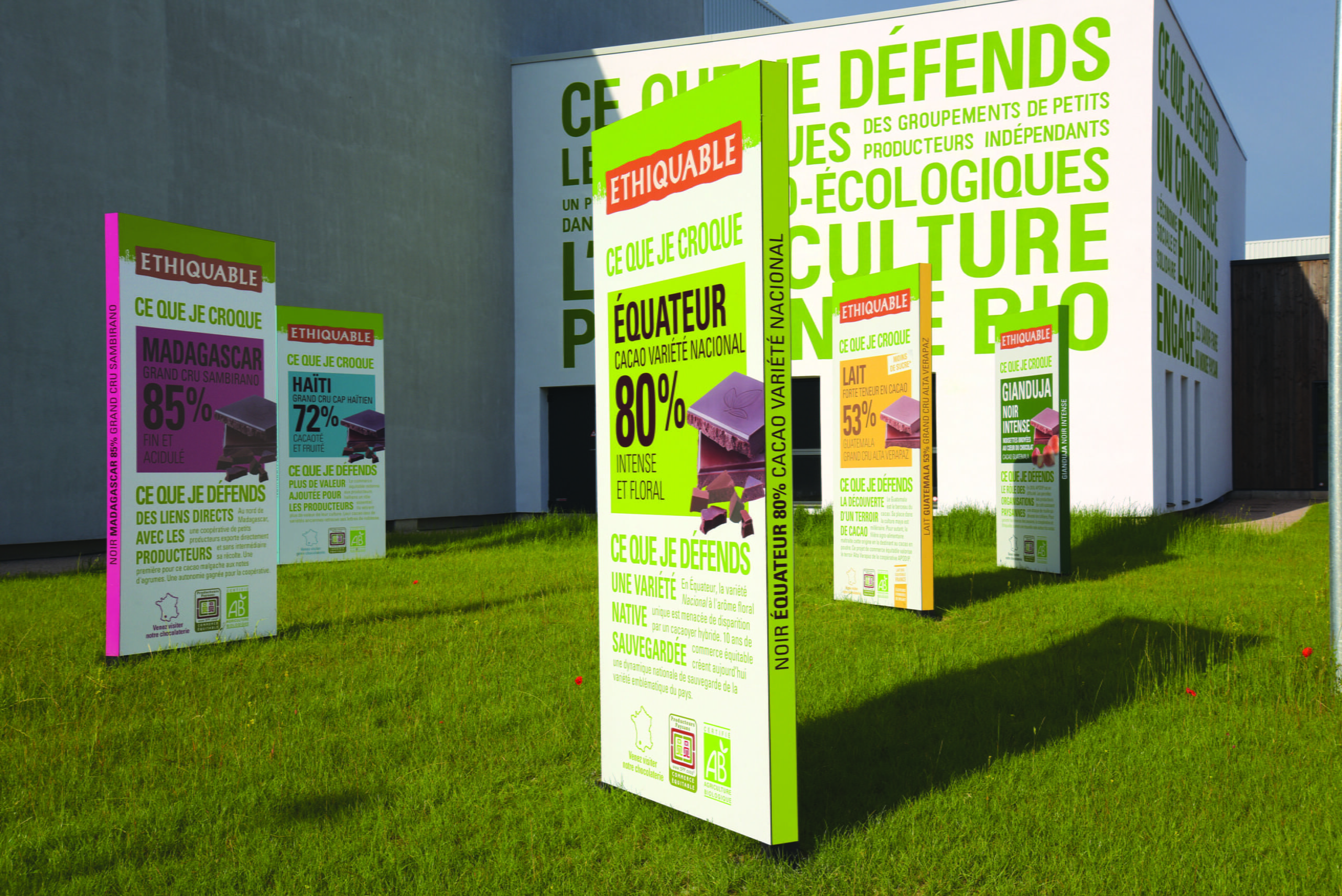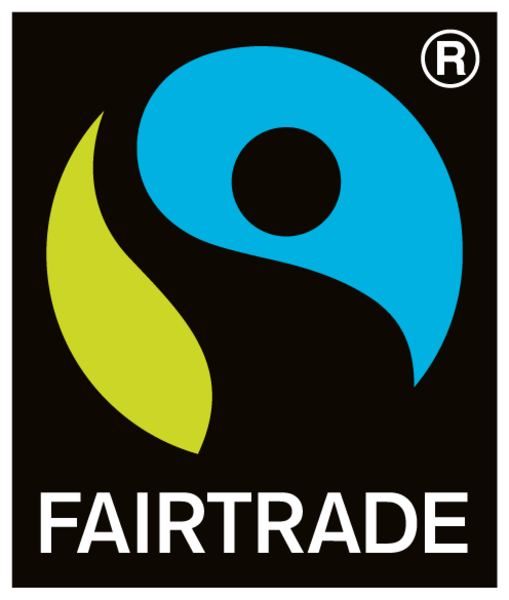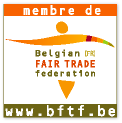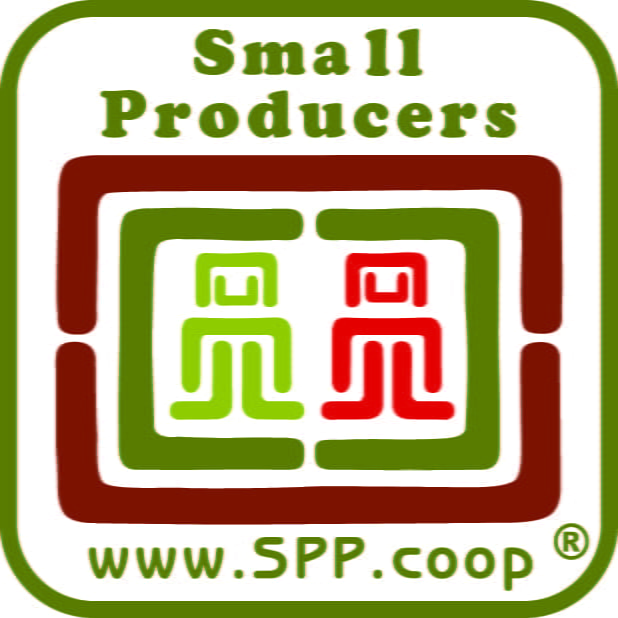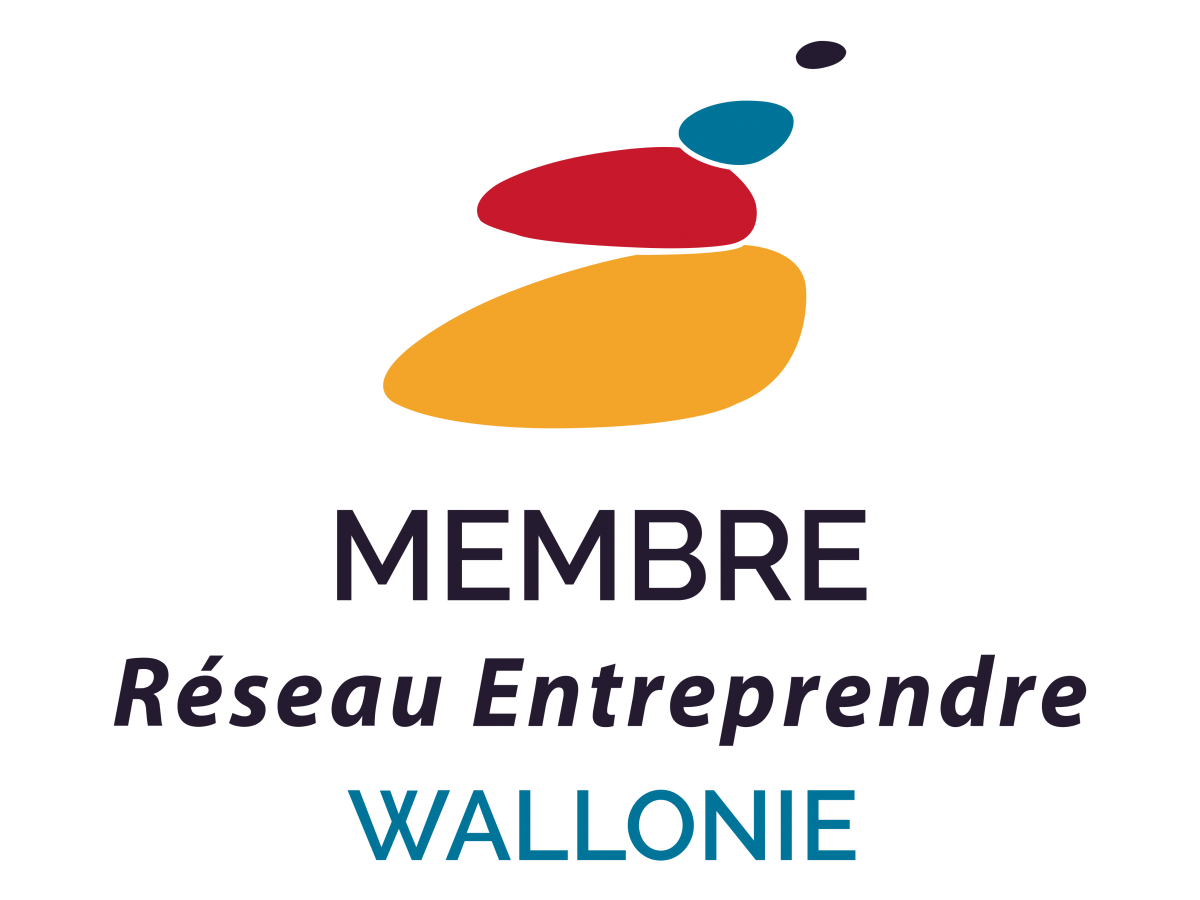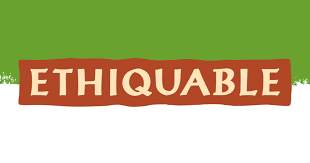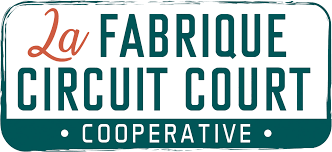A new production model for the world of cocoa
Giving the producer their rightful place
The conventional cocoa industry is complex and global. A handful of multinationals underpay some 5 million small growers. A sector where producers depend on low and fluctuating world rates and are just an adjustment variable. A sector where producers depend on low and fluctuating world rates and are just an adjustment variable.
The question was to find out how to have an impact within the cocoa industry, how our fair trade could generate fairer dynamics for producers?
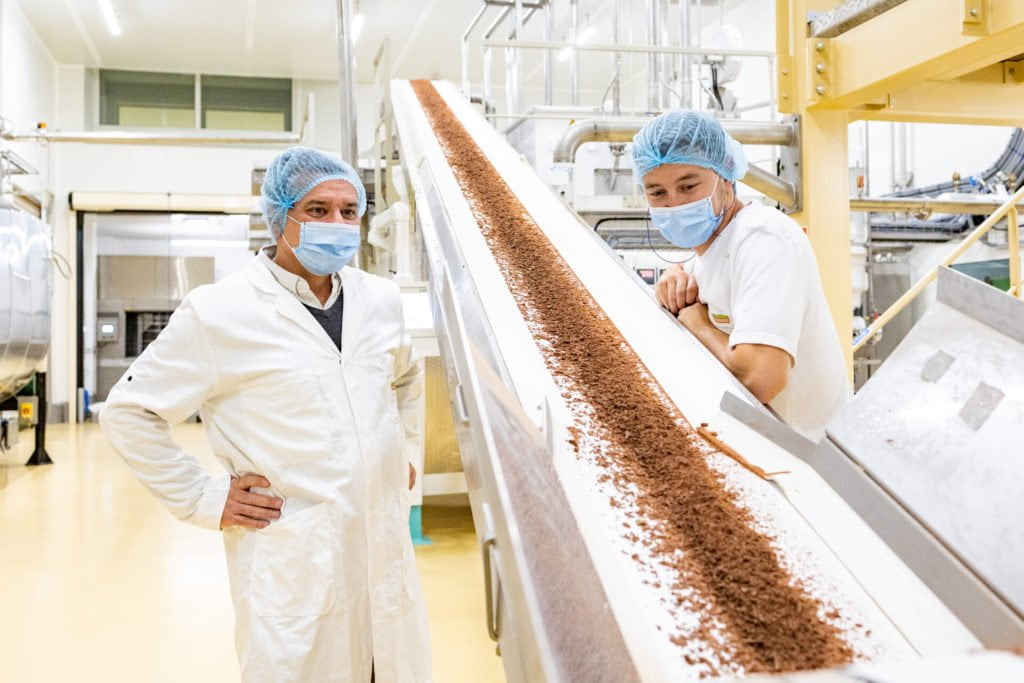
fair trade cocoa
Fair cocoa : our trademark

Encourage producers
Set up cooperatives of small independent growers to avoid generating a new dependency.

Support cultures.
Support agricultural practices where the cocoa tree is part of a system of diversified agroforestry farming.

Protect the land
Develop cocoa soils, old varieties, and their typical aroma profile with pure origin bars.

Fund projects
Define truly profitable prices which cover the needs of families, the costs of a lasting organic production and which fund cooperative projects.

Respect the producers
Better distributed value within the sector, in favour of producers and their cooperative
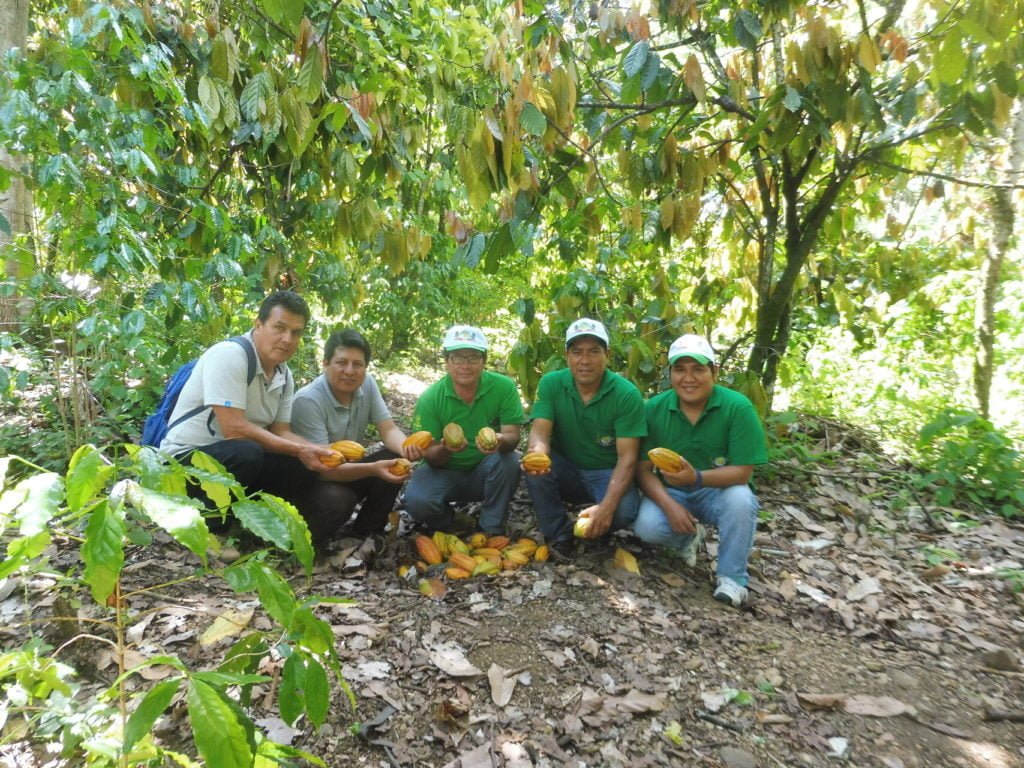
A team of agronomists on the field
responsible for monitoring the needs of each player on site and for building impactful projects with them
They regularly gather field information according to certain indicators to measure the effects but also to set new objectives. For example, we monitor the production costs in the field for different types of farming units and we can thus check that the prices paid enable the families to attain the threshold of sustainable living, i.e. adequately cover their food, health, housing, and education needs. Other indicators allow us to track the progress of agroecological and or agroforestry practices, which helps us in the coordination of agroecology projects, with the implementation of organic fertilizers made using local micro-organisms by biomanufacturing cooperatives, for example.
In direct contact with 14 cocoa cooperatives in 10 countries
We support and help them successfully move through the different transformation stages of the cocoa bean and to reveal the aromatic characteristics of their land.
At first, our projects were focussed on the very first stages of the transformation of cocoa into chocolate bars, just after harvesting: the fermentation and drying of cocoa beans. Two stages which are not necessarily in the hands of the producers. In Haiti, for example, before the project built with Agronomes et Vétérinaires Sans Frontières, the country didn’t ferment the cocoa beans, a process which is however essential regarding the taste of the future chocolate bar, and which is profitable for cooperatives. Haitian cocoa was thus devoured by the mass market at a low cost. Today, the Haiti origin has achieved recognition amongst chocolate makers and the FECCANO cooperative won an International Cacao Award for the aromatic quality of its beans.
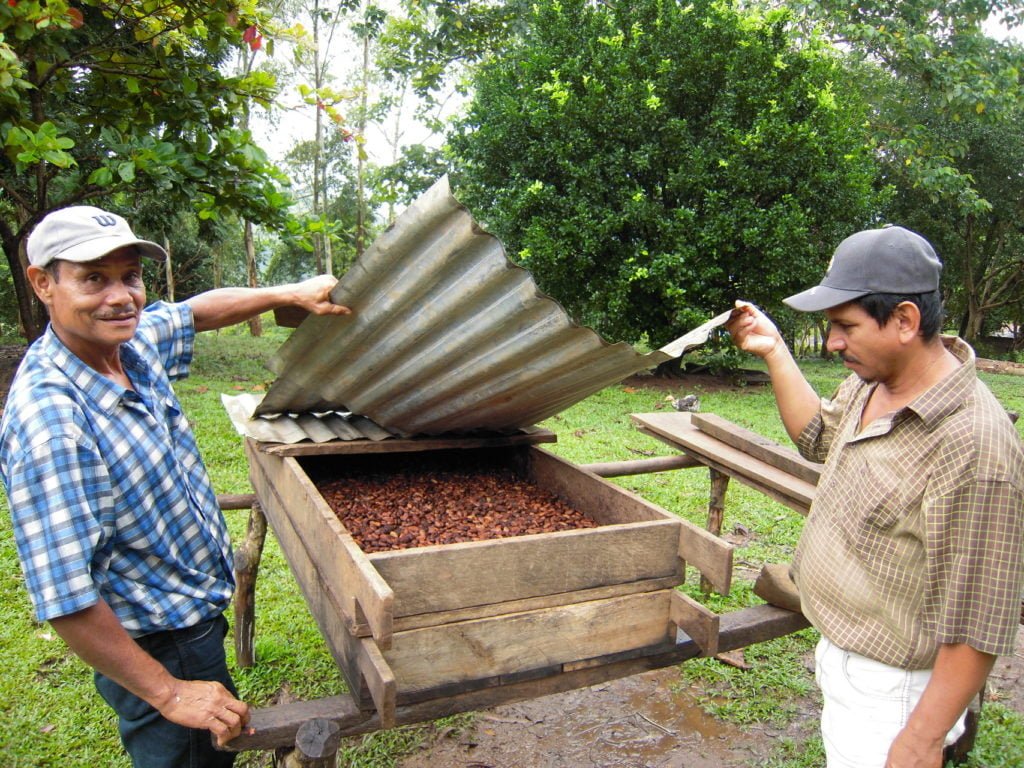
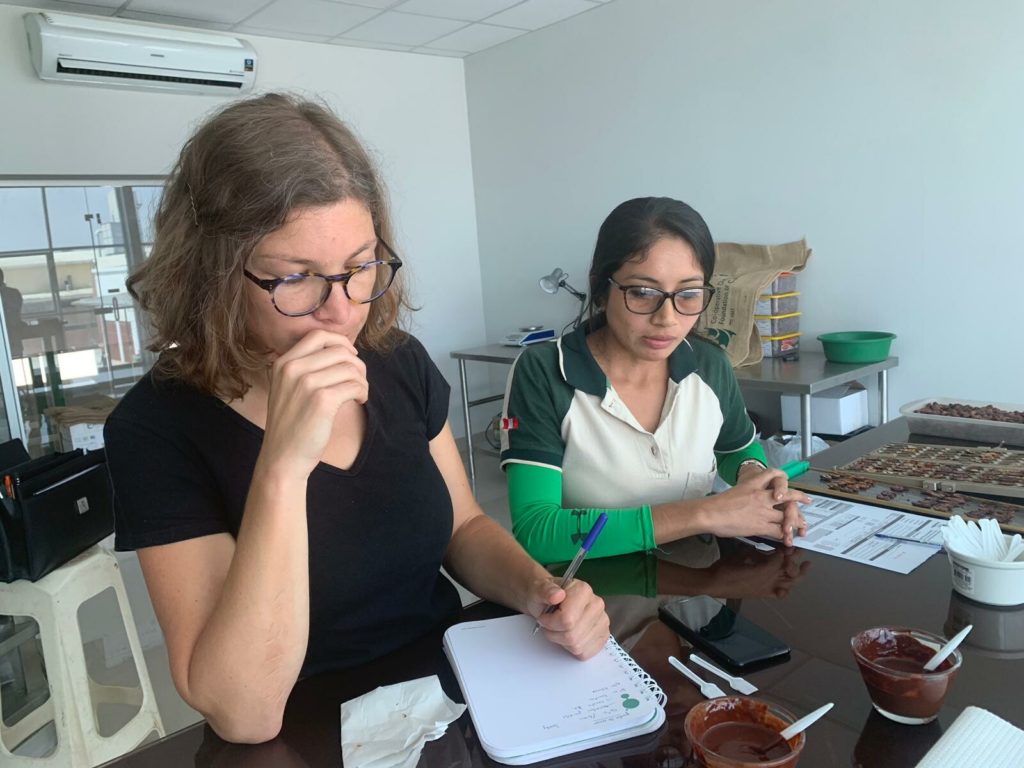
A chocolate factory built with producers
Entirely dedicated to organic/fair trade and totally for the benefit of small cocoa producers. This is a first!
The model is based on a mass transformation of beans in Peru and on an Ethiquable chocolate factory.
The chocolate factory uses cocoa mass made by the NORANDINO cooperative in Piura, in the north of Peru. We have been working with this organisation of small growers since 2003, with strong and lasting ties which have enabled us to produce a new model of chocolate production with a fair distribution of value added throughout the sector
While we were building the chocolate factory, the Peruvian cooperative equipped itself with a cocoa bean roasting and grinding unit. The 2 projects were designed alongside one another. By contributing to the capital of this transformation factory, ETHIQUABLE allowed the Norandino cooperative to access the bank loans required to create this unit. Its investment is worth $7 million.
The Norandino cooperative unit transforms the cocoa of its producers, as well as those of 10 other Ethiquable partners (4 in Peru, and 6 in Ecuador).


In a traditional sector, the role of producers is limited to supplying cocoa beans to the market. With the fair trade and organic chocolate factory, we would like to provide a new role to cooperatives. We now buy roasted cocoa beans and beans which have been transformed into cocoa mass by the NORANDINO cooperative and, no longer, raw beans.
This alternative sector gives some power back to the producers and represents 15% of the additional value added for producers.


From producers to chocolate bars
transparency and traceability
Unlike large industrial tools, the Ethiquable chocolate factory ensures full traceability of producers for every chocolate bar. Each batch of cocoa mass used is perfectly identified, on a documentary and physical level. An overarching commitment for fair trade chocolate which respects the expertise linked to each cocoa origin. An overarching commitment for fair trade chocolate which respects the expertise linked to each cocoa origin.
With continuous productions, it is difficult for industrial chocolate makers to separate batches, and therefore cocoa origins. Even for fair trade, they often resort to the principle of mass balance: documentary traceability with no guarantee of physical flows. They commit to selling a certain volume of bars with the fair-trade label, corresponding to the fair-trade cocoa tonnage bought upstream. A fair-trade bar created using mass balance may also be made using non-fair-trade cocoa.
Our chocolate factory
100% fair trade and organic
All incoming ingredients in the chocolate factory come from sectors that we have created with small grower organisations. These sectors are all certified as fair trade and organic. While the chocolate factory gives prominence to cocoa producers, our sugar, milk, almond, cashew nut, etc. partners are not outdone.


A low carbon chocolate factory
from its construction to its operation
The best energy is that which we haven’t consumed. This foregone conclusion guided the reflection regarding the building’s construction and the chocolate factory’s operation. The unit is resource-efficient and low-consumption through energy recovery and the use of renewable energy.
Overall, the chocolate factory presents the lowest possible carbon footprint.
This “ecological” feat for a food-processing unit owes its success to the commitment and inventiveness of companies who supported us in order to build and bring the chocolate factory into operation. More than 60 local companies, most often cooperatives, participated in building it.
Please note that the chocolate factory will soon be open to all, for a discovery of the world of fair trade and organic cocoa.
Chocolate factories in Europe are large units which continuously transform 30,000 to 50,000 tons of chocolate per year. At this scale, it is difficult for organic or fair-trade cocoa to be integrated, as the batches cannot be divided. We chose a much smaller unit with a capacity of 2,000 tonnes to guarantee the traceability of fair trade and organic farming.
The chocolate factory is midway between a small production unit and large industrial units. From large units, we have retained the technology which consists of grinding the cocoa using 2 then 5 cylinders, and then conching it. This choice ensures the delicacy of the texture and faithfully reveals the cocoa beans’ aromas. From small production units, we have kept the pure origin products with the flavours and aromas of cocoas.
And in the future?
The aim is to expand this innovative model
that benefits producers
We would like to multiply this type of cooperation, with transformation units built across the world, by partner cooperatives. Currently, the chocolate factory is working with cocoa from producers in Peru and Ecuador, transformed en masse by the Norandino cooperative in Peru.
In the future, our project is to integrate other origins – Haiti, Côte d’Ivoire, Madagascar, Guatemala, Nicaragua, Bolivia – either with other cocoa bean mass transformation projects on site by cooperatives, or by setting up a bean roasting unit in the chocolate factory. Implementing cocoa transformation units by cooperatives in Southern countries constitutes a challenge. A challenge that is no mean feat. But you can count on us…
